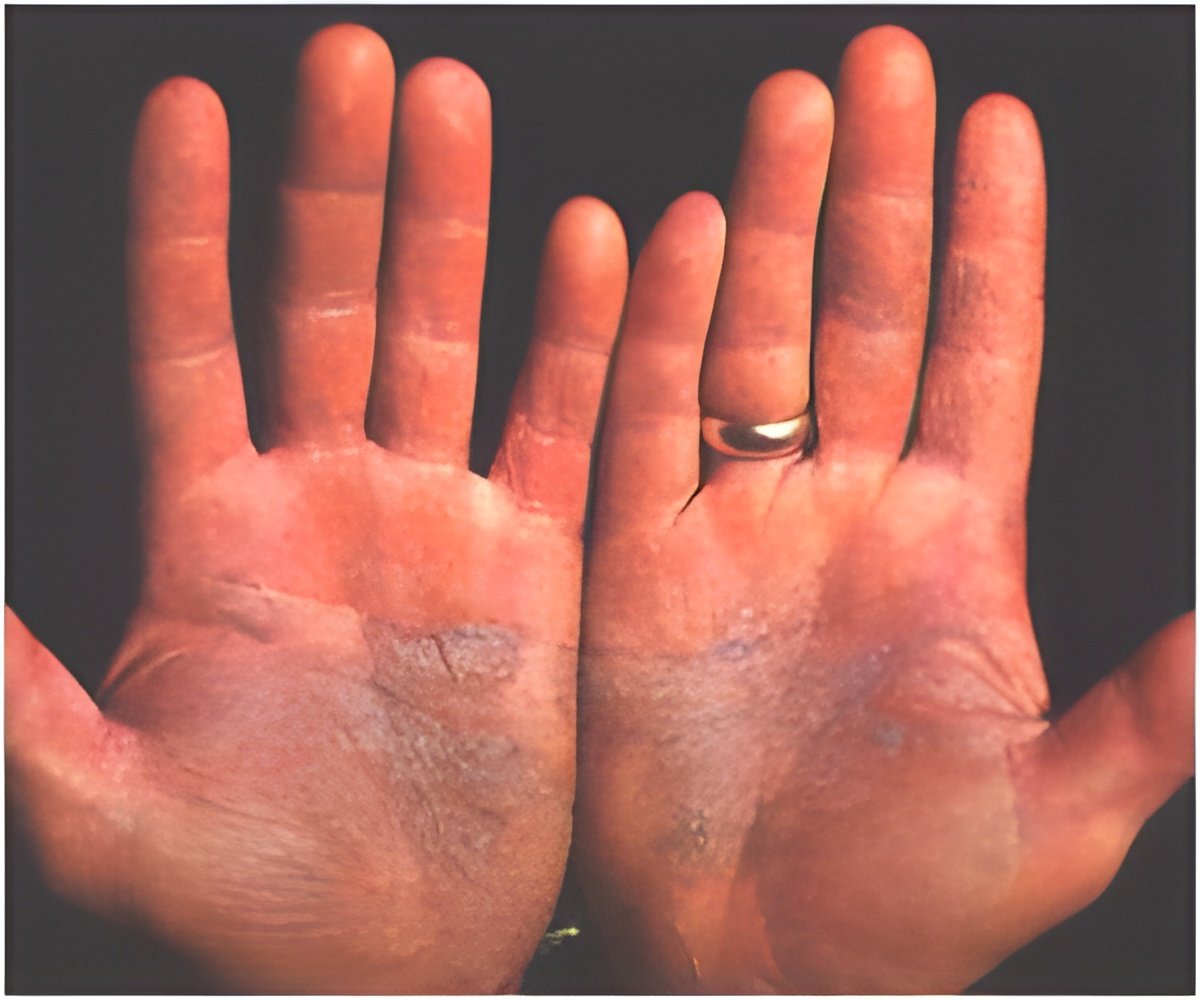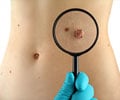U.S. and Chinese Scientists have created artificial skin which they say is very close to human skin.

Scientists worked on creating experimental sensors that can enable robots with artificial skin get sensitive to feeling. This level of sensitivity is as good as what the human skin experiences.
Scientists used flexible and transparent electronics sheet of about eight thousand transistors using vertical nanowires of zinc oxide to achieve this sensitivity.
"Any mechanical movement, like the movement of an arm or fingers of a robot, can be converted into control signals," the Professor Georgia Institute of Technology (USA), Zhong Lin Wang
This technology has certainly helped make smarter artificial skin which is very close to human skin," said Zhong.
Elaborating about this creation Prof Wang said, "Any mechanical motion, such as the movement of arms or the fingers of a robot, could be translated to control signals. This could make artificial skin smarter and more like the human skin. It would allow the skin to feel activity on the surface."
 MEDINDIA
MEDINDIA




 Email
Email










